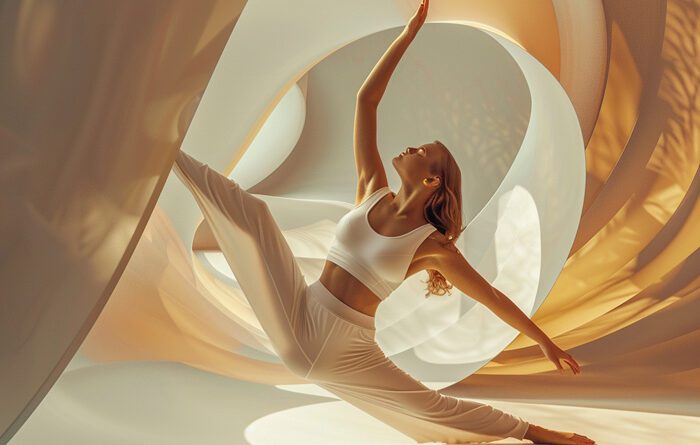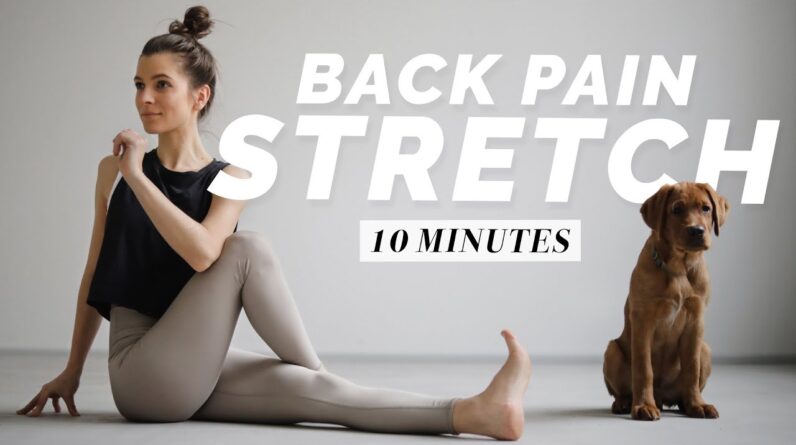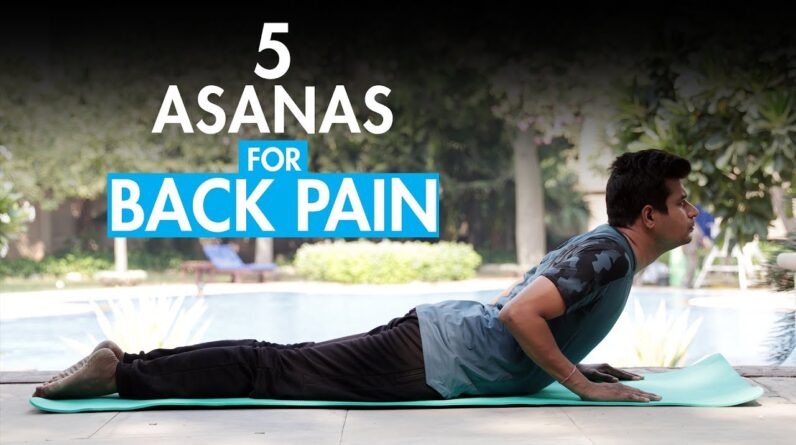Embarking on your yoga journey can feel a bit overwhelming at first, especially when you’re navigating through the myriad of poses and their Sanskrit names. But fear not! In this article, you’ll discover two beginner-friendly yoga asanas that are not only easy to master but also incredibly beneficial for easing you into your new practice. Whether you’re looking to enhance flexibility, build strength, or simply find a moment of peace in your busy day, these poses will set the foundation for a rewarding and enduring yoga journey.
Understanding Yoga
Definition and origins of yoga
Yoga is an ancient practice that originated in India over 5,000 years ago. It involves physical, mental, and spiritual disciplines that aim to unite the body, mind, and spirit, helping you achieve a state of harmony and balance. Yoga is more than just exercises; it’s a lifestyle that encompasses ethics, diet, breathing techniques, and meditation.
Health benefits of practicing yoga
Practicing yoga offers numerous health benefits. Physically, it improves flexibility, strength, balance, and endurance. Mentally, it helps reduce stress, anxiety, and depression by promoting relaxation and improving concentration. Regular yoga practice can also lower blood pressure, improve heart health, and assist in managing chronic conditions such as arthritis and diabetes.
How yoga can be a part of daily life
Incorporating yoga into your daily life is simpler than you might think. It can start with just a few minutes each day, focusing on breathing exercises or a couple of asanas (poses). You can practice it at home, in a park, or at a local yoga studio. Making yoga a habit can lead to profound changes in your health, mindset, and overall sense of well-being.
Getting Started with Yoga
Setting the right environment for practice
Creating a calm and comfortable space is crucial for your yoga practice. Choose a quiet corner in your home, ideally with natural light and fresh air. Ensure the space is clean and free from distractions. You might also want to add elements that promote relaxation, such as candles, incense, or soothing music.
Choosing the right time for yoga
The best time for yoga is when you feel it fits seamlessly into your schedule, allowing you to practice regularly. Many people find early morning to be ideal because it sets a positive tone for the day. However, practicing yoga in the evening can also be a great way to unwind and relax before bedtime.
Essential items for a yoga session
All you really need to start yoga is comfortable clothing that allows for a full range of motion. A yoga mat is helpful for providing cushioning and grip, but it’s not strictly necessary at the beginning. As you progress, you may want to invest in props like blocks, straps, or a bolster to help with certain poses.
Basic Principles of Yoga for Beginners
Importance of breathing in yoga
Breathing is a fundamental aspect of yoga. It helps you relax, improves concentration, and increases oxygen flow to your muscles. Learning to control your breath through various techniques can enhance your practice and bring deeper benefits.
Focusing on alignment and form
In yoga, how you do a pose is more important than doing the most advanced version of it. Proper alignment and form ensure you get the full benefit of each asana while minimizing the risk of injury. Listen to your body and use props or modify poses as necessary to maintain good posture.
Understanding your body’s limits
Yoga is a personal journey, not a competition. Everyone’s body is different, and what works for one person may not work for another. Pay attention to your body’s signals, and don’t push beyond your limits. With time and practice, your flexibility and strength will improve.
First Easy Yoga Asana: Tadasana (Mountain Pose)
Step-by-step guide to Tadasana
- Stand with your feet slightly apart, spreading your toes to distribute your weight evenly.
- Firm your thigh muscles and lift your kneecaps, but don’t harden your lower belly.
- Lengthen your tailbone toward the floor and lift the pubic bone slightly toward the navel.
- Lift your chest and roll your shoulders back and down, keeping your palms facing inward.
- Keep your neck long and your head level, eyes looking straight ahead.
- Breathe smoothly and evenly, maintaining the pose for 30 seconds to a minute.
Common mistakes and how to avoid them
One common mistake is locking the knees, which puts unnecessary strain on them. Keep a slight bend in your knees to prevent this. Additionally, avoid arching your back; instead, focus on lengthening your spine and engaging your core muscles.
Benefits of practicing Tadasana
Tadasana strengthens your thighs, knees, and ankles while improving posture. It helps relieve sciatica and reduces flat feet. It also prepares your mind and body for other poses by establishing good alignment and a sense of groundedness.
Incorporating Breathing in Tadasana
Breathing techniques during Tadasana
While in Tadasana, practice deep, even breaths through your nose. Try to make your inhalations and exhalations equal in length. Concentrating on your breath helps center your mind and improves balance and focus in the pose.
How breath work enhances the pose
Deep breathing in Tadasana enhances the sense of stability and grounding in the pose. It oxygenates your blood, refreshes your body, and calms your mind, increasing the overall benefits of the asana.
Tips for maintaining focus
To maintain focus, fix your gaze on a point in front of you. This “drishti” or focal point helps improve concentration and balance. Additionally, keep bringing your awareness back to your breath whenever your mind wanders.
Second Easy Yoga Asana: Balasana (Child’s Pose)
Step-by-step guide to Balasana
- Start on your hands and knees, with your knees wider than hip-distance apart and your big toes touching.
- Sit back on your heels and bend forward, bringing your forehead to rest on the floor or a prop.
- Extend your arms in front of you or alongside your body, palms facing up.
- Keep your spine long and your neck relaxed. Breathe deeply and hold the pose for up to a few minutes.
Adjustments for beginners
If your forehead doesn’t reach the ground, use a folded blanket or block for support. If sitting back on your heels is uncomfortable, place a cushion or rolled-up towel between your heels and buttocks.
Benefits of practicing Balasana
Balasana gently stretches your hips, thighs, and ankles while relieating stress and fatigue. It calms the brain, helping to relieve stress and mild depression. Additionally, it’s a good pose to transition into for rest during your practice.
Combining Balasana with Relaxation Techniques
Using Balasana for meditation and relaxation
Balasana is an excellent pose for meditation and relaxation. Focus on your breath, inhaling and exhaling deeply. With each exhalation, imagine releasing tension from your body and mind, sinking deeper into relaxation.
Breathing techniques suited for Balasana
In Balasana, practice diaphragmatic breathing by expanding your belly on the inhalation and gently contracting it on the exhalation. This facilitates deep relaxation and stress relief.
How to transition out of Balasana
To transition out of Balasana, gently walk your hands back toward your knees, lifting your torso. Sit back on your heels briefly, then shift onto all fours before standing up or moving to the next pose.
Safety Tips While Practicing Yoga
Listening to your body
Always listen to your body’s signals. If you feel pain or discomfort, ease out of the pose. Remember, there should be no pain in yoga. Adjustments and modifications are key to a safe practice.
How to modify poses for your level
Don’t hesitate to use props or modify poses to suit your flexibility and comfort level. Props can help you achieve proper alignment and gain the benefits of the pose without straining.
When to avoid certain asanas
Avoid poses that exacerbate any known injuries or health conditions. If you have specific health concerns, consult with a healthcare provider or experienced yoga instructor before starting or modifying your yoga practice.
Creating a Yoga Routine
Integrating Tadasana and Balasana into a daily routine
Start your yoga routine with Tadasana to ground and center yourself, then move to other standing poses if desired. Use Balasana as a gentle pause between more challenging asanas or as a concluding relaxation pose.
Suggestions for morning vs evening practice
In the morning, focus on more energizing poses like Tadasana to awaken your body. In the evening, practice Balasana and other restorative poses to promote relaxation and prepare for sleep.
How to track your progress in yoga
Keep a journal of your yoga practice, noting which poses you did, any modifications you used, and how you felt before and after the session. Over time, you’ll be able to see your progress in flexibility, strength, and mental clarity.
Further Resources
Books and online resources for beginners
There are many excellent books and online resources available for yoga beginners. Look for materials that focus on the fundamentals of yoga, including pose guides, breathing techniques, and the philosophy behind the practice.
Finding a yoga community
Joining a yoga community can greatly enhance your practice. Look for local yoga studios, community centers, or online forums where you can share experiences, ask for advice, and meet like-minded individuals.
When to consider joining a yoga class
If you’re finding it difficult to maintain a regular practice on your own or you want to deepen your understanding of yoga, consider joining a class. A knowledgeable instructor can provide personalized guidance, adjustments, and encouragement to help you progress.







